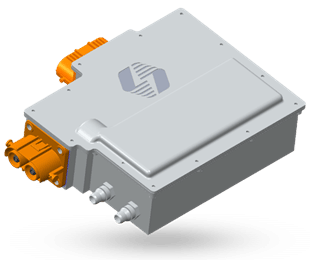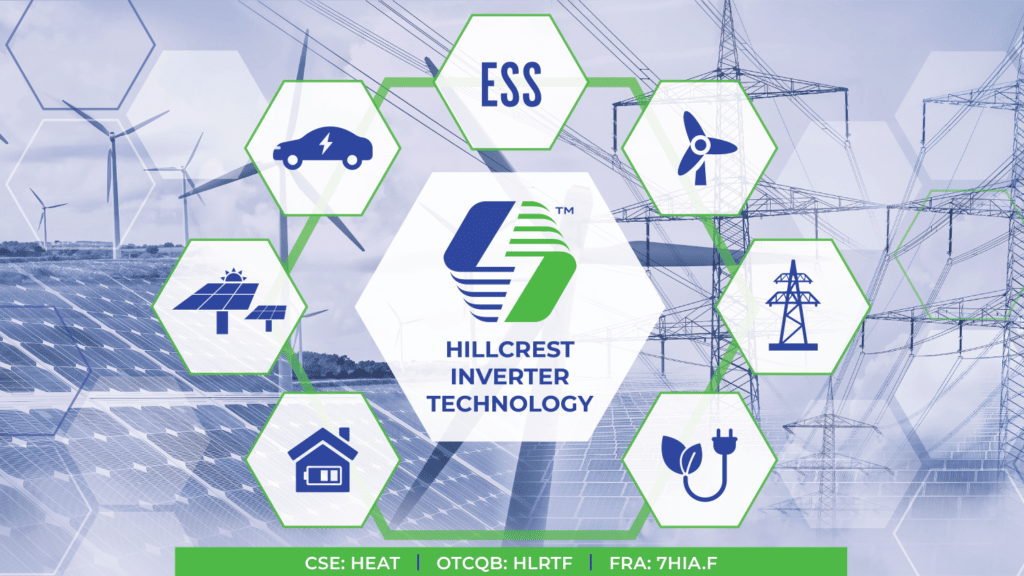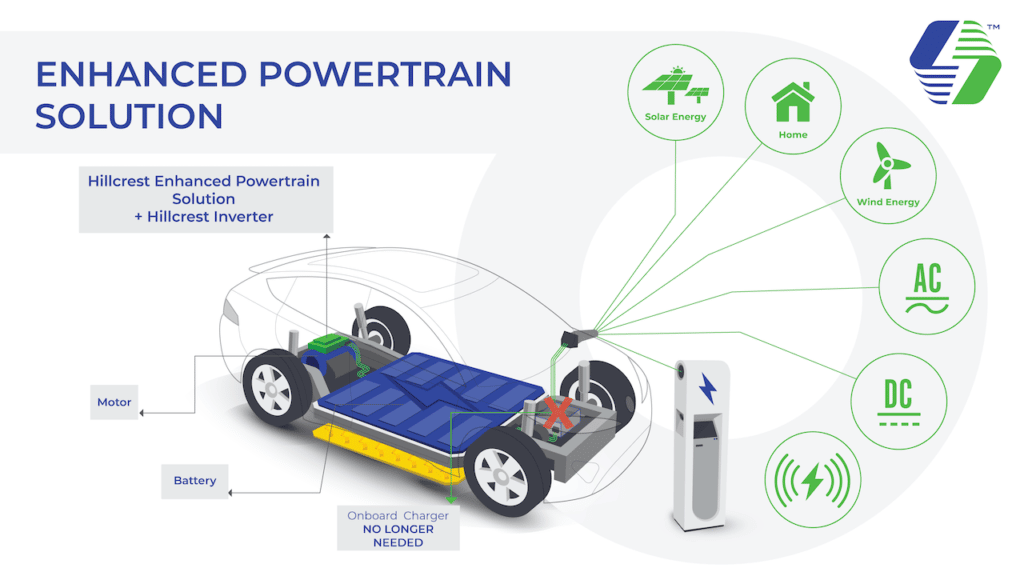The EV Report recently had the chance to talk with Hillcrest Energy Technologies founding CEO Don Currie to learn more about the Vancouver-based clean energy, electrification, and power system company.
Wanting to create an organization that could leverage his nearly 30 years of energy experience and still benefit from entrepreneurial thinking, Don took the reins of Hillcrest in March 2010. He has been leading the company’s successful transition into clean-energy technologies by identifying early-stage prospects and converting these into a portfolio of business growth opportunities.
Hillcrest is a development stage company that might not have much name recognition with our readers. Tell me a little about the company.
While today Hillcrest Energy Technologies is a clean tech innovation company, our history is quite interesting. We started as an oil and gas company under the name Hillcrest Petroleum, and then around 2019 it became clear to us that clean energy was the future and the best way to ensure sustainable shareholder value. That’s why we’ve now exited the oil and gas sector to become an early leader in the electrification of North America and the world.
Our mission is to create solutions that unlock efficiencies in electrification and maximize the performance of integrated electric systems now and in the future. Though our short-term focus is on electric vehicles, the technologies we are developing could be applied to a wide range of industries.

What technologies is Hillcrest working on right now?
Our primary focus right now is a high-efficiency inverter architecture, with our first application targeting EVs. Our silicon carbide (SiC) traction inverter eliminates the traditional design trade-offs faced across the EV industry – deploying higher switching frequencies historically has meant a greater increase in losses, resulting in lower overall system efficiency and higher heat output. Our inverter technology uses higher switching frequencies but doesn’t have the traditional disadvantages. Instead, we see improved traction motor performance, efficiency, and reliability.
That sounds like a big step in EV powertrain tech. Tell me a little more about these benefits.
The efficiency improvement is really the key here. We believe we have the first traction inverter to achieve inverter efficiency exceeding 99% — we’ve recently published a white paper detailing the proof-of-concept setup and results. By achieving higher switching frequencies without losses, our inverter reduces the thermal management needed across the entire powertrain system, which significantly improves motor efficiency as well. This can generate substantial savings to the automaker by reducing system complexity and improving system reliability by reducing stress on the power devices.
Our inverter is also intended to be more powerful while being smaller and lighter. We’re targeting the next-gen of EVs with this initial product, as it is rated at 250 kW and 800V, and the industry is quickly moving towards SiC construction. By achieving the highest inverter efficiency and industry-leading power density, EV OEMs could overcome many of their current design trade-offs.
What are some of those problems Hillcrest plans to solve for automakers with this product?
Great question. This product will help us move from the current vicious circle of making larger, heavier batteries to increase EV range to a virtuous circle of decreasing EV mass thanks to greater efficiency and reduced complexity. Our inverter is the start of that domino effect.
First, it’s already lighter and smaller than current EV inverters, reducing weight. Second, its performance and efficiency improvements give motors greater efficiency and performance too. This will allow automakers to downsize the parts, especially batteries while increasing range and performance stats due to the decreased weight and overall power system improvements. The Hillcrest high-efficiency inverter could really be the cornerstone of what’s possible in next-gen EVs and power systems in general.

That sounds fascinating. You hinted at the inverter having use cases outside of automotive. Can you tell me more about these other applications?
In addition to our initial focus of vehicle electrification and other e-mobility uses, we plan to deploy our inverter across a wide variety of power applications. We have a roadmap for tailoring the flexible inverter architecture for high-potential applications such as grid-tied renewables like wind and solar power, electricity charging and storage systems, and high voltage utility-scale grid applications.
Back to automotive. How far is the Hillcrest inverter from going into production vehicles? How much does it cost? Do you have any customers?
As mentioned, we’re really targeting the next generation of electric vehicles. We were able to achieve proof of concept in just seven months and feel confident we can support even the most aggressive EV development timeline. Furthermore, our 250kW, 800V commercial prototype is currently going through internal testing with delivery to customers in the fourth quarter of this year. I’m continually impressed by the rapid development rate this company has achieved.
There are so many factors that contribute to cost: customer, end-use or application, specs or capabilities of the EV system it’s paired with, program life, program volume, and so forth. We have not released the price per unit yet, but we anticipate that the cost of our next-gen, SiC traction inverter will be more than recouped by the benefits it brings, like the ability to increase range with existing batteries or downsize existing batteries, which are the most expensive component of an EV. We expect the range improvements and the cost savings in components and possibly even batteries to more than pay for the inverter itself.
We are actively talking with a number of potential customers right now who are excited to see how our inverter can help their next-gen products. I can’t name anyone just yet, but we’re close so stay tuned!

Is Hillcrest working on any other exciting projects you can reveal?
I was hoping you’d ask! We just applied to patent and revealed initial details on an enhanced powertrain solution that builds on the inverter to take full advantage of its benefits. Basically, our solution opens the full charging potential of an EV by offering universal, backward compatible, bidirectional (V2X) charging capabilities. With our solution, EVs would no longer require an onboard charger or booster unit, which we expect to reduce the cost, complexity, and weight of an EV powertrain. Again, this further benefits the virtuous cycle of making EVs more efficient and lightweight through simplifying drive systems and optimizing their efficiency. Just like with our traction inverter, our powertrain solution maximizes power and efficiency while minimizing weight, hardware, and complexity. You may see that philosophy is a bit of a theme running through everything we do at Hillcrest.
By combining our traction inverter and powertrain solution, an EV can be AC charged at almost any level without an onboard charger and allow 800V architecture vehicles, which we believe will soon be the standard for electric vehicles, to charge on existing 400V chargers. All without an onboard booster or charger.
To help illustrate this point, here’s a real-world scenario that our system could help solve:
If Tesla moves their vehicles to an 800V architecture using our inverter and powertrain solution, their vehicles could charge at 800V without upgrading their Superchargers. This presents a massive cost saving to Tesla on the infrastructure side while allowing them to modernize their vehicles to 800V.
It’s not only Tesla, though. Any EV capable of accessing AC or DC power across a variety of voltage levels in a wired or wireless environment offers a new level of interoperability not currently available. This could dramatically change the way we think about charging infrastructure and broaden the charging options available to drivers now and in the future.








